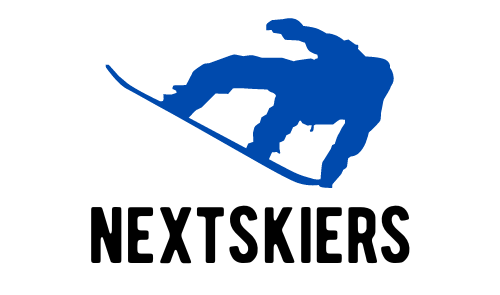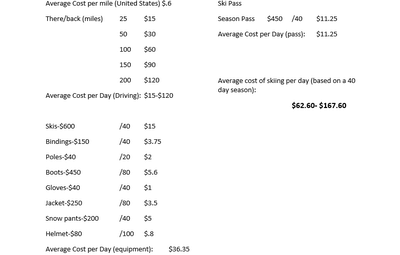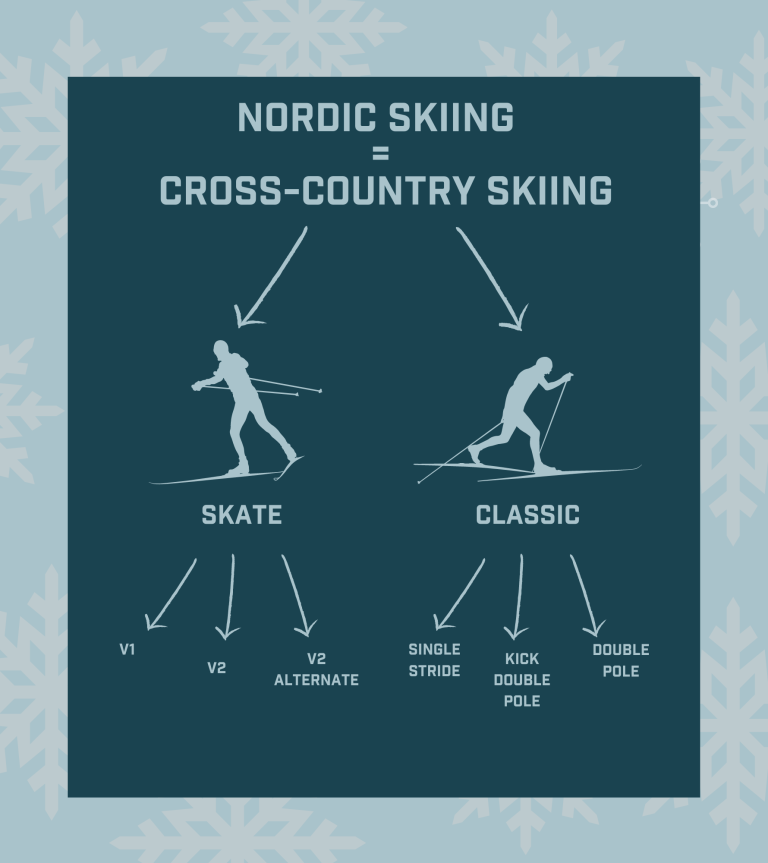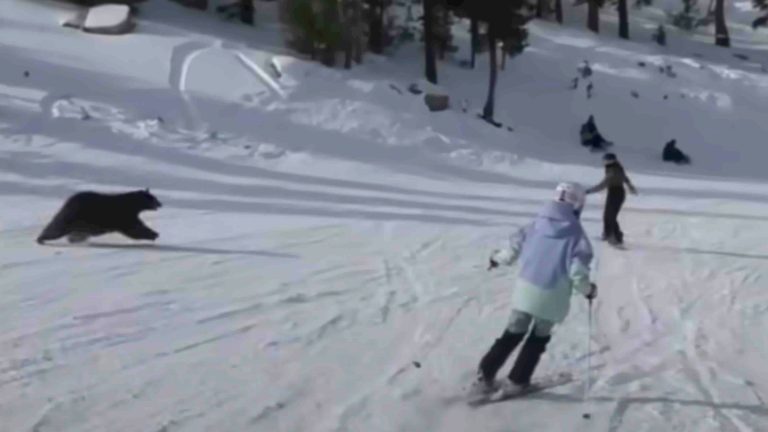How Fast Can You Go on Skis: Unleashing Extreme Speeds
Professional skiers can reach speeds of up to 95 mph. Recreational skiers typically ski at speeds between 10-20 mph.
Skiing is a thrilling winter sport that attracts millions of enthusiasts worldwide. Speed varies greatly depending on skill level and conditions. Professional skiers can achieve incredible speeds, clocking in at nearly 95 mph. Recreational skiers, however, usually ski at more moderate speeds, ranging from 10 to 20 mph.
Factors like slope gradient, snow quality, and weather conditions play significant roles in determining how fast you can go on skis. Safety is paramount, so always wear appropriate gear and follow skiing guidelines. Whether you’re a beginner or a seasoned skier, understanding speed dynamics enhances your skiing experience.
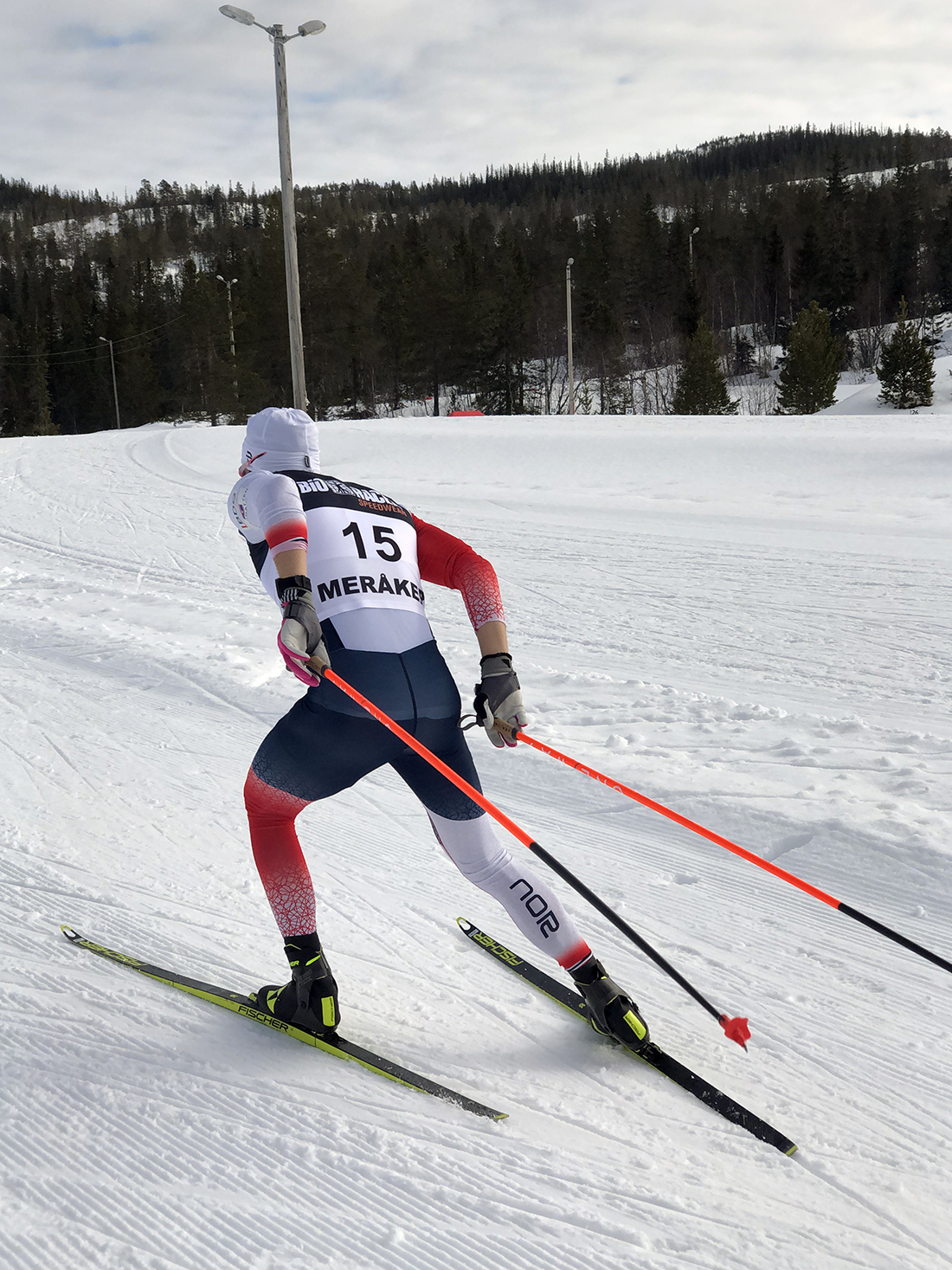
Credit: norwegianscitechnews.com
History Of Skiing Speeds
The history of skiing speeds is fascinating. Skiers have always pushed their limits. From early records to modern achievements, speeds have skyrocketed.
Early Records
In the early days, skiing was a means of travel. People used wooden skis and animal skins. They didn’t think about speed records.
By the 19th century, skiing became a sport. The first speed records emerged. In 1898, a Norwegian skier reached 62 mph. This was a big deal back then.
Modern Achievements
Modern skiing speeds are incredible. Ski technology has advanced. Skis are lighter and faster now.
Today, professional skiers can reach over 150 mph. In 2016, Ivan Origone set a new record. He went 158.4 mph. This is the current world record.
These achievements are thanks to better gear and training. Skiers wear aerodynamic suits. They also train in wind tunnels.
Here’s a comparison of early and modern skiing speeds:
| Year | Skier | Speed (mph) |
|---|---|---|
| 1898 | Norwegian Skier | 62 |
| 2016 | Ivan Origone | 158.4 |
Skiing speeds have come a long way. From wooden skis to modern technology, the journey is amazing.
Physics Behind Speed
Ever wondered how fast you can go on skis? The physics behind skiing speed involves several key factors. Understanding these factors can help you optimize your skiing performance.
Gravity And Friction
Gravity pulls you down the slope. The steeper the slope, the faster you go. Gravity is a constant force. It works in favor of speed.
Friction is the force that resists your movement. It happens between your skis and the snow. Less friction means more speed. Waxing your skis can reduce friction. This makes you go faster. Proper ski maintenance is crucial for speed.
| Factor | Effect on Speed |
|---|---|
| Gravity | Increases Speed |
| Friction | Decreases Speed |
Aerodynamics
Your body position affects speed. A more aerodynamic position reduces air resistance. Tuck your body to go faster.
Air resistance is another force that slows you down. Tight-fitting ski suits can reduce air resistance. Smooth surfaces help too. Keep your gear streamlined for maximum speed.
- Maintain a low, tucked position.
- Wear tight-fitting ski suits.
- Use streamlined gear.
Understanding these principles can help you ski faster. Focus on reducing friction and air resistance. Let gravity do the rest. Happy skiing!
Equipment For High-speed Skiing
To ski at high speeds, you need the right equipment. This ensures safety and maximizes performance. Below, we’ll discuss the essential gear for high-speed skiing.
Skis And Boots
Choosing the right skis is critical. For high-speed skiing, opt for longer skis. They offer better stability at high velocities.
| Type | Length | Features |
|---|---|---|
| Racing Skis | 180-200 cm | Stiff, narrow waist |
| All-Mountain Skis | 160-180 cm | Moderate stiffness, versatile |
Boots are equally important. Opt for boots with a high flex rating. This provides better control and power transfer.
Protective Gear
Safety should always be a priority. High-speed skiing demands protective gear.
- Helmet: Protects your head in case of falls.
- Goggles: Shields your eyes from wind and snow.
- Body Armor: Guards your torso and spine.
- Gloves: Provides grip and protects your hands.
Wearing the right gear minimizes the risk of injury. It also enhances your skiing experience.
Training Techniques
Training techniques are crucial for increasing your skiing speed. They ensure you are prepared physically and mentally. Let’s explore the key components of training techniques.
Physical Conditioning
Physical conditioning is the foundation of skiing speed. To ski fast, you need strong muscles and good endurance.
- Strength Training: Focus on legs, core, and back muscles. Exercises like squats and lunges help.
- Cardio Workouts: Running, cycling, and swimming improve stamina. Aim for at least 30 minutes daily.
- Flexibility: Stretching exercises prevent injuries. Yoga and Pilates are excellent choices.
Skill Development
Improving your skills on the slopes enhances your speed. Practice and technique refinement are essential.
- Proper Stance: Maintain a low, balanced stance. It reduces wind resistance.
- Turning Techniques: Learn carving and parallel turns. They allow smoother, faster navigation.
- Body Positioning: Keep your body aligned. It ensures better control and speed.
Training Schedule
Consistency is key in training. A well-structured schedule helps you progress steadily.
| Day | Activity |
|---|---|
| Monday | Strength Training |
| Tuesday | Cardio Workout |
| Wednesday | Skill Practice |
| Thursday | Flexibility Exercises |
| Friday | Strength Training |
| Saturday | Skill Practice |
| Sunday | Rest Day |
Famous Speed Skiers
Speed skiing is a thrilling sport that attracts daring athletes. Famous speed skiers push their limits to reach incredible speeds. Some have made history, while others are rising stars. Let’s explore some of these amazing athletes.
Record Holders
These skiers have set world records with their amazing speed:
- Simone Origone: Holds the world record at 254.958 km/h.
- Valentina Greggio: Fastest woman, reaching 247.083 km/h.
| Skier | Speed (km/h) |
|---|---|
| Simone Origone | 254.958 |
| Valentina Greggio | 247.083 |
Rising Stars
New talents are always emerging in the world of speed skiing:
- Ivan Origone: Simone’s brother, also a top speed skier.
- Brittany Phelan: Excelling in speed skiing and ski cross.
These athletes show that the sport’s future is bright. They are ready to break records and set new milestones.

Credit: jetboatmiami.com
Safety Measures
Skiing at high speeds can be thrilling, but it demands strict safety measures. Ensuring your safety while skiing fast is crucial for an enjoyable experience.
Protective Equipment
Wearing the right protective equipment can prevent injuries. Always use a helmet to protect your head. Invest in quality ski gear like goggles, gloves, and padding for knees and elbows.
- Helmet: Shields your head from impacts.
- Goggles: Protects your eyes from snow and debris.
- Gloves: Keeps your hands warm and safe.
- Knee and Elbow Pads: Guards against falls and collisions.
Risk Management
Understanding and managing risks is vital for skiing safely at high speeds. Always assess the slope conditions before skiing. Check for ice patches and obstacles.
Follow the ski resort’s rules and guidelines. They are there to keep you safe. Pay attention to weather updates and avoid skiing in bad weather.
- Assess Slope Conditions: Look for ice and obstacles.
- Follow Rules: Stick to the resort’s guidelines.
- Check Weather: Ski in good weather only.
Popular Speed Skiing Events
Speed skiing is a thrilling sport. Enthusiasts worldwide eagerly participate in various events. These events showcase incredible talent and speed. Let’s delve into some popular speed skiing events.
World Championships
The World Championships are the pinnacle of speed skiing. Skiers from all over the globe compete here. This event is held every two years. It tests the limits of speed and skill.
- Top-tier athletes participate
- Record-breaking speeds achieved
- Exciting and competitive atmosphere
The World Championships are organized by the International Ski Federation (FIS). This ensures high standards and fair competition.
| Year | Location | Winning Speed (km/h) |
|---|---|---|
| 2021 | Vars, France | 254.958 |
| 2019 | Andorra | 251.397 |
Regional Competitions
Regional competitions offer an excellent platform for emerging skiers. These events happen locally and regionally. They provide a great training ground for aspiring speed skiers.
- European Speed Skiing Cup
- North American Speed Skiing Championships
- Asian Speed Skiing Open
Regional events help athletes gain experience. They also foster a strong sense of community among speed skiers.
Local clubs often organize these competitions. This makes it easier for new talent to emerge and shine.
Speed skiing events, be it world championships or regional competitions, always promise an adrenaline rush and showcase the very best in skiing prowess.

Credit: www.seathecity.com
Future Of Speed Skiing
The future of speed skiing is incredibly exciting. With technological advances and new records being set, the sport is evolving fast. Skiers are pushing the limits of speed like never before. Let’s dive into the key areas shaping the future of this exhilarating sport.
Technological Advances
Technological advances play a crucial role in speed skiing. Modern skis are lighter and stronger. These skis are made from advanced materials like carbon fiber. They offer better control and stability at high speeds.
New ski suits also help skiers go faster. These suits are aerodynamic and reduce wind resistance. Some suits even have special coatings to reduce drag further.
The innovation doesn’t stop there. High-tech helmets and goggles enhance skier safety and visibility. GPS and speed tracking devices are now common. They help skiers monitor their performance in real-time.
New Records
New records are being set in speed skiing every year. The current world record for fastest skiing is over 250 km/h. This record was set by Italian skier Ivan Origone in 2016.
Here is a table of notable speed skiing records:
| Skier | Speed (km/h) | Year |
|---|---|---|
| Ivan Origone | 254.958 | 2016 |
| Simone Origone | 252.632 | 2014 |
| Valentina Greggio | 247.083 | 2016 |
These records show how fast the sport is progressing. Each year, skiers aim to break these impressive speeds. With constant improvements in technology, new records are always within reach.
The future of speed skiing is bright and thrilling. Expect even faster speeds and more groundbreaking achievements.
Frequently Asked Questions
How Fast Do Professional Skiers Go?
Professional skiers can reach speeds of 90 mph or more. In speed skiing events, they often exceed 100 mph. These speeds require excellent skill and control.
What Affects Skiing Speed?
Several factors affect skiing speed, including snow conditions, slope steepness, and wind resistance. The skier’s skill level and equipment also play crucial roles.
Is Skiing Faster Than Snowboarding?
Generally, skiing is faster than snowboarding. Skiers can achieve higher speeds due to their forward-facing stance and specialized equipment. Snowboarders, however, have more lateral movement.
Can Beginners Reach High Speeds?
Beginners usually ski at lower speeds, around 10-20 mph. As they gain experience and confidence, they can gradually increase their speed. Safety should always come first.
Conclusion
Mastering skiing speed is thrilling and challenging. Safety should always be your top priority while pushing limits. Proper technique and equipment are essential. Whether you’re a beginner or expert, always practice and stay informed. Enjoy the adrenaline rush, but remember to ski responsibly.
Happy skiing!
